About this research group
Tetsuya Amano
Department of Cardiovascular Medicine, Aichi Medical University
1-1 Iwazaku Karumata, Nagakute City, Aichi Prefecture
480-1195
https://www.aichi-med-u.ac.jp
My name is Tetsuya Amano from the Department of Cardiovascular Medicine at Aichi Medical University. I am deeply grateful for the opportunity to join the J-CMD steering committee, made possible through the kind consideration of Representative Coordinator Hiroaki Shimokawa. My primary practice involves coronary interventions, and my clinical and research activities have historically centered on coronary imaging techniques such as IVUS and OCT. Consequently, within my own practice, the sentiment “Out of sight, out of mind” has largely prevailed. However, it has become clear that without collaboration with the exploration of the difficult-to-visualize microcirculation, we are reaching the limits of determining indications for various interventions and predicting prognosis improvement. By joining J-CMD, I hope to contribute, albeit modestly, to the further advancement of cardiovascular disease care, including ischemic areas, by both zooming in on the heart and zooming out to conduct research.

Shiro Uemura
Department of Cardiovascular Medicine, Kawasaki Medical School
577 Matsushima, Kurashiki City, Okayama Prefecture 701-0192
https://m.kawasaki-m.ac.jp/cardiology/
My name is Shiro Uemura from the Department of Cardiology at Kawasaki Medical School. I am pleased to announce that we will be participating as a collaborating institution in the “Multi-Institutional Collaborative Study to Generate Evidence on Coronary Microcirculatory Dysfunction in Japanese Patients: J-CMD.” Coronary microcirculatory dysfunction is thought to be deeply involved in myocardial ischemia and myocardial dysfunction, independent of stenotic lesions in the superficial coronary arteries. Through this research, we expect to clarify the current status, clinical features, and prognosis of coronary microcirculatory dysfunction in Japanese individuals, thereby establishing a foundation for preventive measures and treatment approaches.
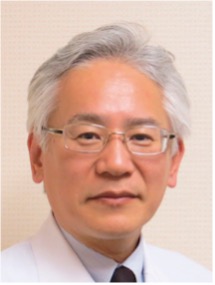
Yukio Ozaki
Department of Cardiovascular Medicine, Fujita Health University Okazaki Medical Center
1-98 Kutsukakecho Dengaku-kubo, Toyoake-shi, Aichi 470-1192
https://okazaki.fujita-hu.ac.jp/department/cardiovascular.html
We are very pleased to be able to participate in the “J-CMD” study. This study can be considered the pure Japanese version of the COVADIS research group, which was originally started by Prof. Peter Ong and Prof. Filippo Crea's group in Europe and Prof. Shimokawa's group in Japan. As someone who has been participating since the COVADIS research days, I am very happy to see the expansion of research in this field.
I studied abroad as the first Japanese Fellow under Professor Patrick Serruys, a world leader in the field of intervention. There, I learned about the stent technology, IVUS, QCA, CFR, and other techniques of the time, and also earned my degree at Erasmus University. After returning to Japan, I joined Fujita Health University in 2004 and served as Professor and Chair from 2007. During this period, I published findings including that plaque erosion corresponds to intact fibrous cap (IFC-ACS) (EHJ 2011) and that positive remodeling (PR) & low attenuation plaque (LAP) on CT predict future ACS (JACC 2007, JACC 2009 & JACC 2015). My current CITATION INDEX is 13,904 & h-Index 44. In January 2022, I published the CVIT expert consensus document on primary PCI for AMI update 2022 as first author, which serves as the CVIT guideline for primary PCI in AMI. I particularly anticipate that the “J-CMD” study will open new doors in the treatment of ischemic heart disease.
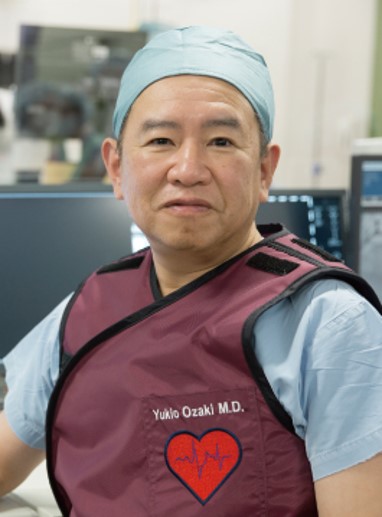
Koichi Kaikita
Department of Internal Medicine, Division of Cardiovascular and Nephrology Medicine
Miyazaki University School of Medicine
5200 Kihara, Kiyotake-cho, Miyazaki City, Miyazaki Prefecture 889-1692
http://www.med.miyazaki-u.ac.jp/home/medicin1/
I am Koichi Kaikita from the Department of Cardiovascular and Renal Medicine, Division of Internal Medicine, Faculty of Medicine, Miyazaki University. I am deeply grateful for being appointed as a J-CMD organizer. It is well known that coronary microvessels play a central role in regulating myocardial blood flow. However, the detailed mechanisms underlying coronary microcirculatory dysfunction caused by the failure of this regulation remain largely unresolved. Coronary microcirculatory dysfunction encompasses reduced coronary flow reserve, increased coronary microvascular resistance, decreased coronary blood flow velocity, and coronary microvascular spasm, all of which are challenging pathologies that cannot be visualized. I sincerely hope that the newly established J-CMD will contribute to further elucidating the pathophysiological mechanisms of coronary microcirculatory dysfunction and to establishing diagnostic and therapeutic approaches. I am deeply proud to be able to play a part in this endeavor. I look forward to your continued support and cooperation.
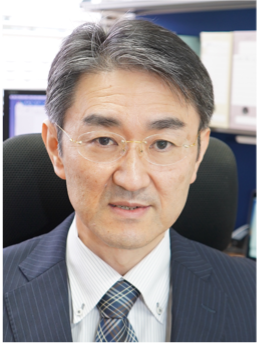
Tsunekazu Kakuta
Department of Cardiology, Tsuchiura Kyodo Hospital
1-1 Ootsuno 4-chome, Tsuchiura City, Ibaraki Prefecture
300-0028
https://www.tkgh.jp/specialty/cardiovascular-internal-medicine/
I primarily practice cardiology with a focus on coronary interventions. I am honored to participate in the J-CMD study led by Dr. Shimokawa. I believe comprehensively addressing epicardial disease, diffuse disease, and microvascular dysfunction will be crucial for managing ischemic heart disease going forward. Microvascular function remains largely exploratory in both diagnosis and treatment. Furthermore, CMD is not an isolated disease; it shares many atherosclerosis-promoting factors with obstructive coronary artery disease, and in actual clinical practice, I feel they interact complexly. I hope that through J-CMD, I can contribute, however modestly, to getting closer to understanding its essence. I look forward to your guidance.
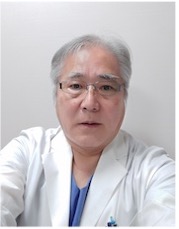
Akio Kawamura
Kokusaikai Medical University Narita Hospital
852 Hatagata, Narita City, Chiba Prefecture 286-852
https://naritahospital.iuhw.ac.jp/
I am Akio Kawamura from the Faculty of Medicine at Kokusaikai Medical University. In spring 2023, our first cohort of medical students will embark on their careers as physicians. We have high hopes for the future of these students, whom we have nurtured with unwavering dedication since the university's founding. Furthermore, we are honored that Professor Shimokawa extended an invitation, allowing our Narita Hospital to participate in this initiative. We sincerely hope that the efforts undertaken in this meeting will bring relief to patients who have faced unclear diagnoses and have not always received adequate treatment. We look forward to your continued support.
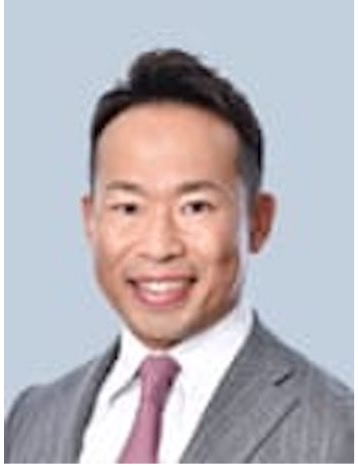
Takahiko Kiyooka
International University of Health and Welfare Atami Hospital
13-1 Higashikaigan-cho, Atami-shi, Shizuoka 413-0012
https://atami.iuhw.ac.jp/
Ikegami General Hospital
6-1-19 Ikegami, Ota-ku, Tokyo 146-0082
https://ikegamihosp.jp/
I am Takahiko Kiyooka from Atami Hospital, International University of Health and Welfare (also serving at Ikegami General Hospital). I am deeply grateful for being appointed as a J-CMD organizer.
After gaining extensive experience with cardiac catheterization at Kurashiki Central Hospital, I began research on coronary microvascular function in 2001 under Dr. Fumihiko Kajitani and Dr. ChilianWM. Observing coronary microvessels directly and studying their dynamic behavior was truly eye-opening, confirming my belief in the existence of CMD.
Since returning to Japan in 2007, I have practiced medicine with CMD in mind in the clinical setting. Starting in 2015, I participated as one of four Japanese institutions in the world's first prospective collaborative study on microvascular angina, organized by Dr. Hiroaki Shimokawa.
The participation of numerous institutions in this J-CMD study makes me keenly aware that this field is gaining significant attention.
I sincerely hope that diagnostic and therapeutic methods for microvascular angina (CMD) will become widely adopted globally, generating substantial evidence so that many suffering patients can receive appropriate care wherever they are.
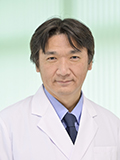
Ken Kozuma
Department of Internal Medicine, Division of Cardiology
Teikyo University School of Medicine
2-11-1 Kaga, Itabashi-ku, Tokyo 173-8606
https://www.teikyo-hospital.jp/
I am Ken Kozuma from Teikyo University, recently appointed to the Japanese Society for Coronary Microvascular Dysfunction (J-CMD). Coronary microvascular dysfunction (CMD) is an important field in cardiology, gaining attention due to its significance as a cause of INOCA (non-obstructive coronary artery disease), which has recently been recognized as a common cause of cardiac chest pain. Furthermore, its strong association with cardiomyopathy and heart failure has also been noted. In practice, I have witnessed dramatic improvements in patient symptoms by consciously incorporating CMD into clinical management, which underscores its critical importance. Diagnosis and treatment of CMD remain underutilized, and this evolving field still holds many unknowns. I believe J-CMD has a significant role to play. I am committed to contributing my best efforts to support the advancement of J-CMD and the progress of CMD diagnosis and treatment.
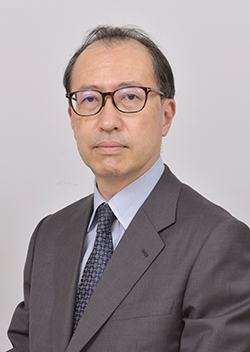
Yoshio Kobayashi
Department of Cardiovascular Medicine, Graduate School of Medicine, Chiba University
1-8-1 Inohana, Chuo-ku, Chiba-shi, Chiba 260-8677
https://www.m.chiba-u.ac.jp/dept/cardiology/
Treatment for patients with stable angina has been well established through advances in pharmacotherapy and PCI. Conversely, non-obstructive coronary artery disease (INOCA), where no organic coronary artery stenosis is observed, has gained attention in recent years. Research on INOCA remains in its developmental stage. The establishment of the “Japanese Society for Coronary Microcirculatory Disorders,” led by Professor Hiroaki Shimokawa of the International University of Health and Welfare Graduate School and involving Japan's leading institutions, is highly significant. We anticipate substantial achievements from this society.
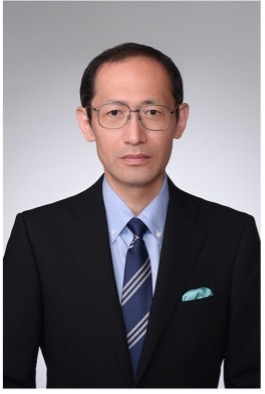
Toshiro Shinke
Department of Cardiovascular Medicine, Division of Internal Medicine, Showa University School of Medicine
1-5-8 Hatano-dai, Shinagawa-ku, Tokyo 142-8555
https://showa-cardiology.jp/
On the Occasion of the Establishment of the Japanese Society for Coronary Microcirculatory Disorders (J-CMD)
Shunro Shinya, Department of Cardiovascular Medicine, Division of Internal Medicine, Showa University
I am deeply honored to participate in J-CMD. While my primary work has been in the field of percutaneous coronary intervention (PCI), recent reports increasingly suggest that the therapeutic efficacy of PCI for stable coronary artery disease is somewhat limited. I recognize that it is essential to accurately assess coronary circulation, including microcirculation, on a case-by-case basis to advance treatment. It has long been noted that Japanese individuals exhibit a higher prevalence of coronary vasospastic angina compared to Western populations. However, a nationwide study systematically collecting data, including microvascular angina, has not yet been conducted. I therefore have high expectations for the outcomes of this research group. I look forward to working with you all.
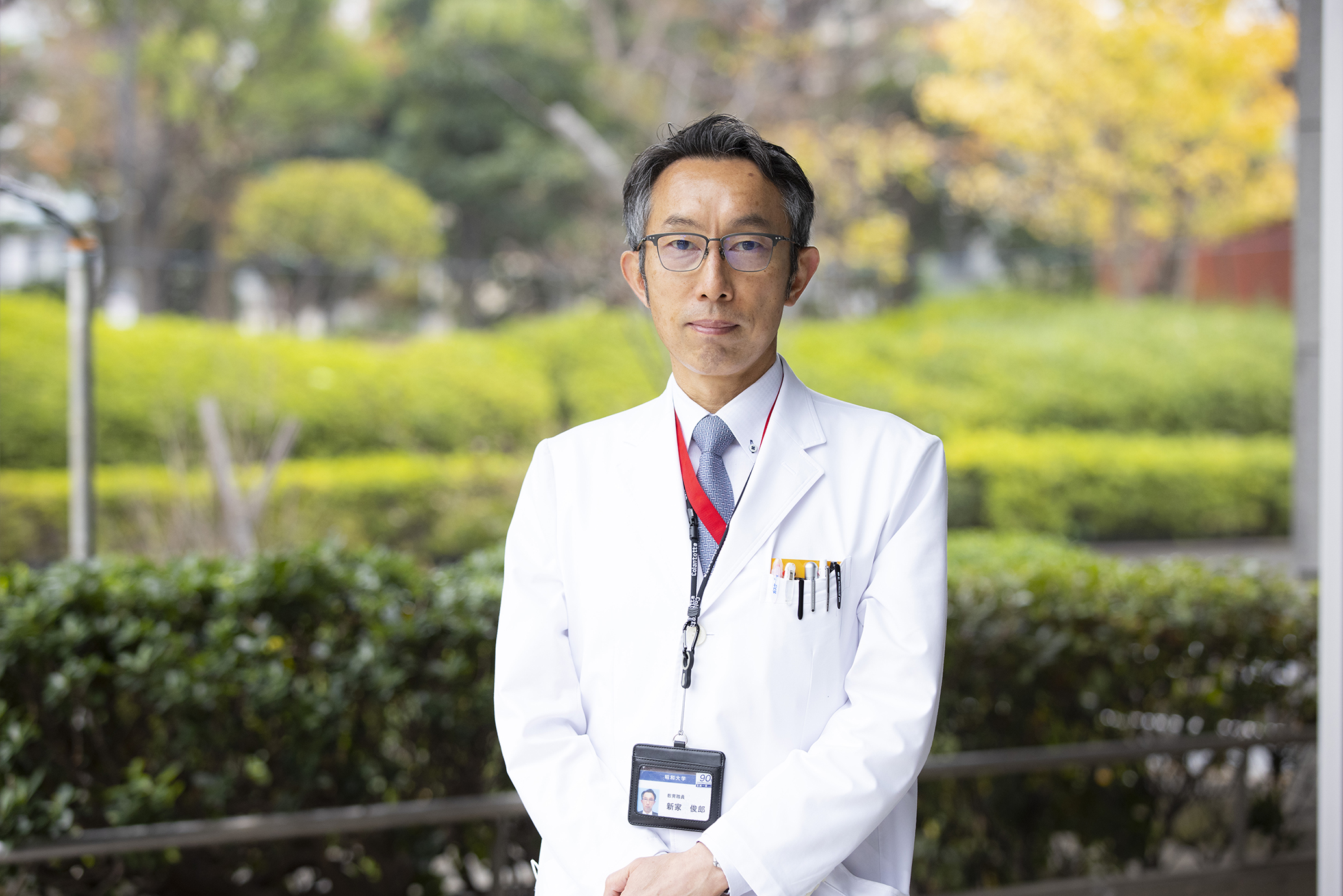
Atsushi Tanaka
Department of Cardiovascular Medicine, Division 4, Department of Internal Medicine
Wakayama Medical University
811-1 Kimiidera, Wakayama City, Wakayama Prefecture 641-8509
http://wakayama-cardiology.jp/
I am Atsushi Tanaka, Professor of Cardiology at Wakayama Medical University. With the widespread adoption of catheter interventions, treatment for angina caused by epicardial coronary artery stenosis has advanced significantly. However, we frequently encounter patients who complain of angina symptoms despite showing no significant stenosis in their epicardial coronary arteries. Various causes, such as microcirculatory disorders, have been proposed, but unfortunately, we cannot yet claim to have fully elucidated the cause. It is a great honor to participate in J-CMD this time. Our entire department is committed to working diligently to shed light on the pathophysiology and causes in this field.

Nobuhiro Tanaka
Department of Cardiology, Tokyo Medical University Hachioji Medical Center
1163 Tatecho, Hachioji-shi, Tokyo 193-0998
https://hachioji.tokyo-med.ac.jp/department/cardiology/
I am Nobuhiro Tanaka from the Department of Cardiology at Tokyo Medical University Hachioji Medical Center. Coronary microcirculatory disorders encompass various pathologies, but until now, no established clinical testing methods existed to distinguish between them. This lack has significantly delayed the development of treatments. However, through this research, we have high hopes that visualizing what was previously invisible will enable us to effectively treat patients.
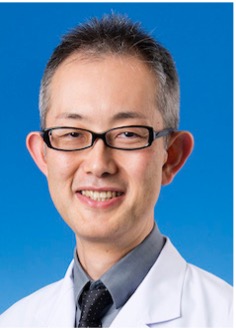
Kenichi Tsujita
Department of Cardiovascular Medicine, Graduate School of Life Sciences, Kumamoto University
1-1-1 Honjo, Chuo-ku, Kumamoto City, Kumamoto Prefecture 860-8556
https://kumadai-junnai.com/
We sincerely appreciate the opportunity to participate in the J-CMD study. As a department that has actively performed acetylcholine stress tests, we hold high expectations for this research framework. CMD is presumed to be associated not only with coronary artery disease but also with NOCAD cases such as heart failure and cardiomyopathy, as well as with background conditions for HFpEF like advanced age, CKD, female gender, and obesity. Elucidating its mechanisms is also essential. We believe J-CMD will serve as a driving force in this endeavor.
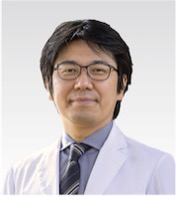
Sunao Nakamura
Kawasaki Heart Center, Kawasaki Saiwai Hospital
31-27 Omiya-cho, Saiwai-ku, Kawasaki-shi, Kanagawa 212-0014
https://saiwaihp.jp/heartcenter/
I am Jun Nakamura from Kawasaki Saiwai Hospital. I graduated from Oita Medical College (now Oita University Faculty of Medicine). After graduation, I spent five years studying cardiac electrophysiology in graduate school under the late Professor Makoto Arita. Because Dr. Makoto Arita and Dr. Hirofumi Yasue of Kumamoto University were close colleagues, immediately after completing my graduate studies, I was given the opportunity to study medical research, focusing on coronary spasm, at the Department of Cardiovascular Medicine at Kumamoto University.
Having not practiced clinical medicine for eight years after graduation, Dr. Yasue suggested, “Why don't you spend about two years learning catheterization?” That's how I came to be assigned to Fukuoka Tokushukai Hospital. Then, I was placed under the direct tutelage of Dr. Shigeru Saito at Shonan Kamakura Hospital. Since then, this work has become my main career focus, though my core foundation remains in basic medical science and clinical research medicine. Meeting Dr. Shimokawa and developing a close relationship with him has made me keenly aware of the profound significance of this research society. I will strive to ensure Japanese cardiovascular clinical practice moves in a positive direction.
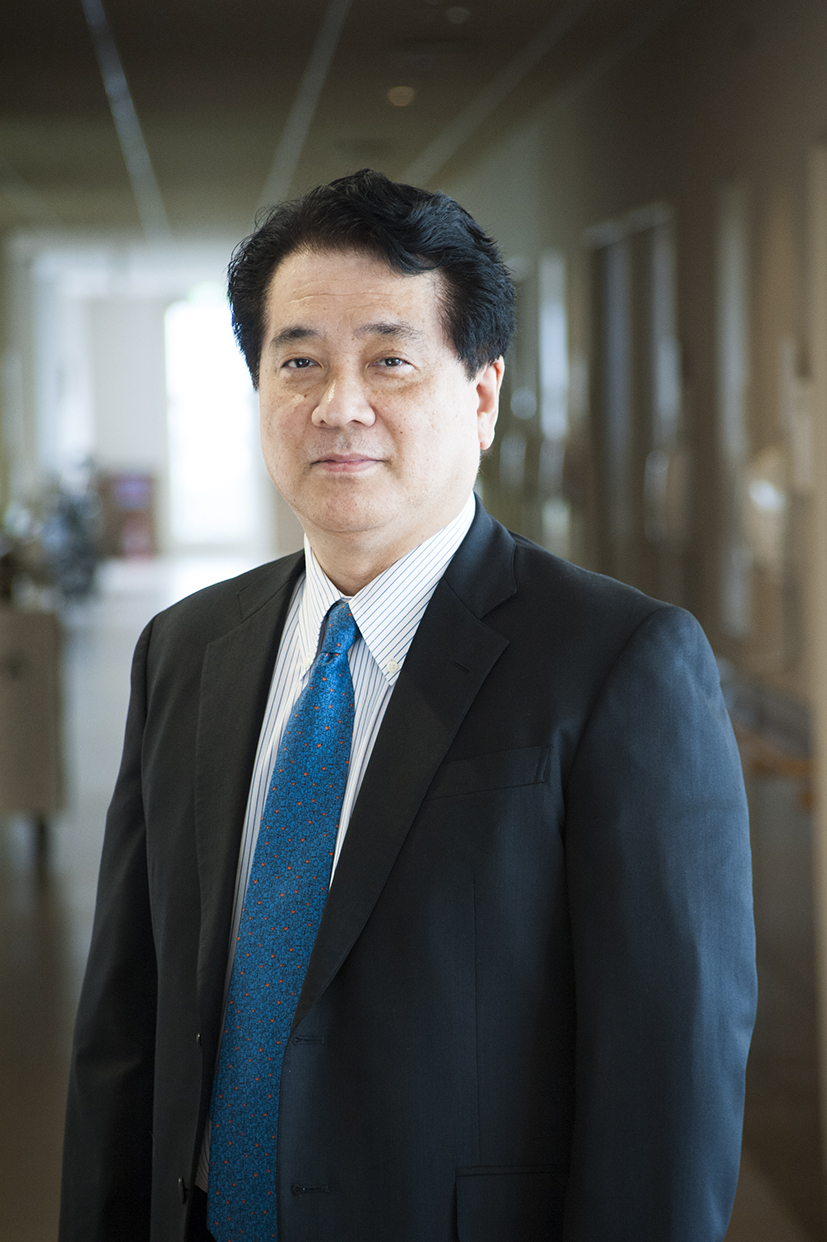
Yoshihiro Fukumoto
Department of Cardiovascular Medicine, Kurume University
67 Asahi-machi, Kurume-shi, Fukuoka 830-0011
http://www.kurume-shinzo.com/
After graduating from Kyushu University in 1991, he joined the Department of Cardiovascular Medicine at Kyushu University. From 1998 to 2001, he studied abroad at Brigham and Women's Hospital, Harvard University, in Professor Libby's laboratory. He returned to Kyushu University in 2001. From 2006 to 2013, he transferred to the Department of Cardiovascular Medicine at Tohoku University. In 2013, he assumed the position of Professor and Chair of the Department of Cardiovascular Medicine at Kurume University, where he remains to this day. His specialties include atherosclerosis, coronary circulation, pulmonary circulation, and heart failure. He anticipates that J-CMD will elucidate the detailed mechanisms of coronary microcirculatory dysfunction, paving the way for the development of novel therapeutic approaches.
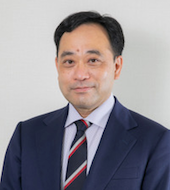
Hitoshi Matsuo
Gifu Heart Center
4-14-4 Yabuta Minami, Gifu City, Gifu Prefecture 500-8384
https://gifu-heart-center.jp/
On the Establishment of JCMD.
I am deeply grateful to have been appointed as a coordinator for the important JCMD research group. In the management of ischemic heart disease, FFR and iFR, which serve as indicators of the severity of epicardial vessel stenosis, have become indispensable criteria for determining revascularization indications, even in guidelines. However, it is clear that understanding myocardial ischemia cannot be fully explained by epicardial vessels alone; a deeper understanding of coronary microcirculatory dysfunction is necessary. This research group, focused on coronary microcirculatory dysfunction, is expected not only to shed light on the diagnosis and treatment of microcirculatory dysfunction, which remains poorly understood, but also to generate significant information dissemination.
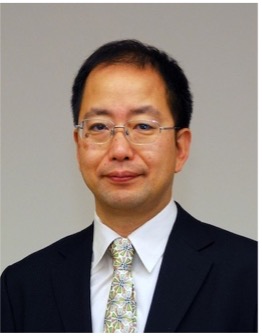
Satoshi Yasuda
Department of Cardiovascular Medicine, Tohoku University Graduate School of Medicine
1-1 Seiryo-cho, Aoba-ku, Sendai-shi, Miyagi 980-8574
https://www.cardio.med.tohoku.ac.jp/2020/jp/
Comprehensive evaluation is now recommended for diagnosing microvascular disorders. However, treatment methods remain unestablished, and there is currently a lack of evidence. We anticipate that this research group will generate new insights in this field from Japan.
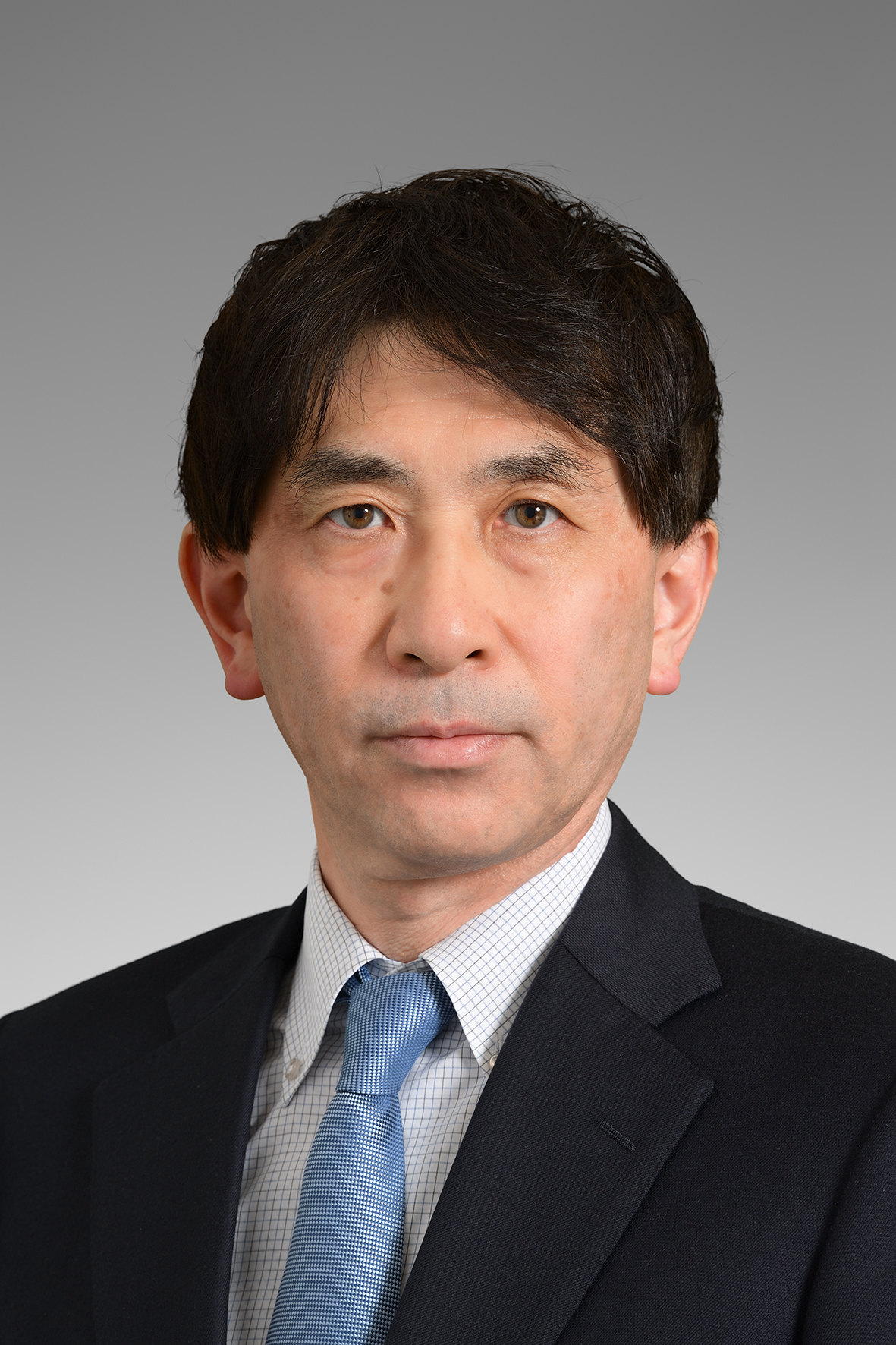
Hiroyoshi Yokoi
International University of Health and Welfare Fukuoka Sannō Hospital
3-6-4 Momochihama, Sawara-ku, Fukuoka-shi, Fukuoka 814-0001
https://f-sanno.kouhoukai.or.jp/
We introduced COROFLOW in April last year and have been using it clinically. By adding the CMD test to INOCA patients who had previously only undergone coronary vasospasm provocation tests, we were able to prescribe beta-blockers instead of calcium channel blockers or nitrates, significantly improving the symptom improvement rate. We also performed CMD testing on patients with residual chest symptoms after PCI and achieved symptom improvement. We frequently observed elevated IMR values in patients who had undergone PCI more than 6 months prior and showed no restenosis. Performing the CMD test feels like it brings us closer to the essence of coronary artery disease. We look forward to the results of this research to further advance the treatment of coronary artery disease in Japan. Thank you for your support.
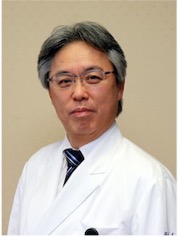
Greetings from Director Takeda
I am Morihiko Takeda, Director of the J-CMD Secretariat and a member of the Department of Cardiology at International University of Health and Welfare Hospital. Throughout my career, I have performed numerous treatments to dilate visible coronary arteries in patients. However, I have also recognized that even patients who appeared to have completed treatment, or those with no visible coronary artery abnormalities, often subsequently suffered from chest pain. Most of us cardiologists have interpreted this as “stress” or “probably caused by something other than the heart.” However, the coronary arteries we can visualize with catheterization represent only about 5% of the heart's circulation. The pathophysiology of the remaining 95% remains shrouded in mystery. Professor Shimokawa, the representative of this society, has pursued the “mystery of the invisible coronary arteries” throughout his career, from Kyushu University to Tohoku University, and now at the International University of Health and Welfare. Through this J-CMD, we aim to disseminate evidence regarding the “mystery of the invisible coronary arteries” specific to the Japanese population. We sincerely appreciate your guidance.
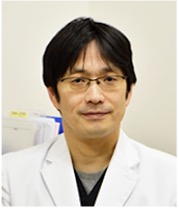
© 2022 日本冠微小循環障害研究会